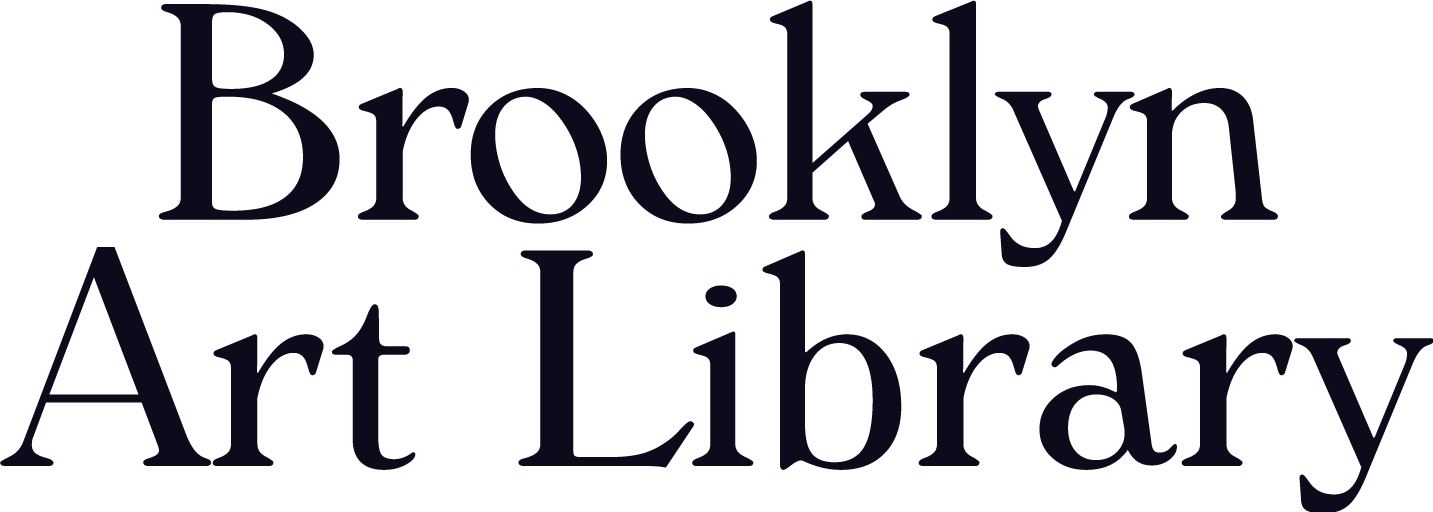Beyond the Page: Carson Fox
Carson Fox is a Brooklyn-based multimedia artist and Sketchbook Project participant who works across sculpture, printmaking and installation. Fox’s diverse body of work explores history, human emotion, and balance through teetering sculptures, tediously hand-pierced portraits, and laborious installations that reflect the passage and impact of time on the human experience. Read on below to learn more about the artist’s practice and process.
When were you first introduced to art? How has your work evolved over the years?
My father was an art historian and had many artist friends, so I was exposed to a lot of art- both historical and contemporary. I wanted to become an artist from age five, and no other path ever seemed reasonable to me.
I began my art career as a printmaker, but became interested in sculpture as a graduate student. While my work has changed a great deal over the years, I am amazed at how ideas continue to circle back into my consciousness. For example, as a 23 year old, I was making portrait etchings, but my subjects soon shifted to more biographical themes. However, in the past five years or so, I have become interested in Victorian steel cut engravings portraits, which I reproduce, enlarge, and then manipulate by piercing the surfaces with hundreds of holes. At the start of this project I thought I was doing something entirely new until I realized I had been deeply interested in portraits many years ago, and this interest is simply resurfacing in a different way.
What mediums do you work in now? How do these mediums relate to the concepts in your work?
I work in sculpture, installation and printmaking. Across mediums, there is usually evidence of many small parts composing the larger whole, and a great deal of labor and time spent with the object.
When did you participate in the Sketchbook Project? What was that process like for you?
I have participated in the Sketchbook Project at least twice (maybe 3 times?) I have used this project as a way to flesh out ideas that peak my interest. Here, I can test concepts in a more committed way than a casual personal sketchbook, yet still be open to explore uncharted territory and learn through the process of making.



How would you describe your practice and approach to art making?
I think about working all of the time and when I am able, I work all of the time.
What are sources of inspiration for your different bodies of work?
History has been an overarching theme of much of my work. However, in very recent work, I find other interests taking centerstage. The issue of balance, as both a metaphor and literal component, plays a critical role, as voluptuous parts teeter on (seemingly) precarious supports. This restraint — the act of holding things in place against all odds, speaks to a larger human tension — our daily delicate balance between stability and emotional tumult. Equally important is a sense of exuberant whimsy, one that is both preposterous and ridiculous, yet somehow seeks the sublime.




How does your process change when working in 2D versus 3D? How would you describe the relationship between your sculptural work and your 2D work?
In 3D work, I typically work with brightly hued resin, creating sculptures and installations. Abstract sculptures are made from poured, carved, and manipulated resin dusted with vibrant layers of raw pigment, resin flocking, and sand. By contrast, my works on paper are usually devoid of color. My most recent series of portraits originated as steel-cut engravings from the Victorian era. The original prints were highly stylized with prescribed textures of dots, dashes, and cross-hatching to render the picture with striking realism. In my hands, they are enlarged, cropped and made more dramatic in terms of contrast. Hundreds of holes are pierced into the print surfaces.
Both my 2D work and 3D work is very labor intensive, requiring multiple steps and problem solving. While they may not seem to be obviously connected, to my mind they undoubtedly are, as they both fuel my aims.





Can you describe the meaning or intention behind the repetition of dots or circles in your work?
Contemplating the original elaborately wrought images compels me to deeply consider both the printmaker and subject, once so current and timely, now passed into obscurity. My meditations on these objects is physically evidenced through the complex patterns of holes I remove from the surface, as I consider both history’s imperfect rendering of the past and its willfulness to recede, while appreciating the irony that as I renew a dialogue with these antiquated images, time is working to erase me, too.



What is your relationship to words or language in your practice? What informs the text in your work?
While I haven’t overtly used text as a primary driver in recent years, when it is included, it is meant as a signifier or a prompt for the intended meaning of the work.




What are you working on currently? How have present circumstances impacted you creatively?
Recently, my sculpture has taken a different turn, entering into more abstract territory, that I hope suggests emotional or psychological states. Sanding and excavating surfaces to reveal the process of the building has become an important component, as is the precarious balancing of the work, as some works seem to lean or teeter. While the objects are actually quite secure, the suggestion of imbalance and unsteadiness undoubtedly has a relationship to our current, difficult realities.
How can people support your work?
The work is supported when people take the time to really look at it and to make a personal connection. While my primary pleasure is in making the work, I know it is only successful when it reminds others of our shared human experience.



